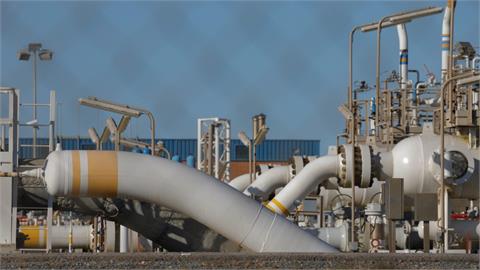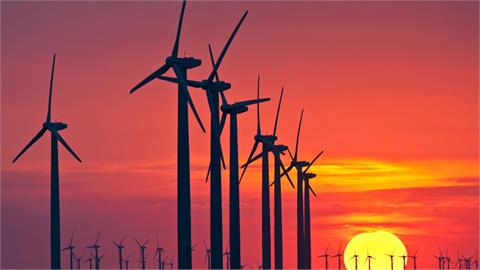Major transformations are underway for the global energy sector, from growing electrification to the expansion of renewables, upheavals in oil production and globalization of natural gas markets. Across all regions and fuels, policy choices made by governments will determine the shape of the energy system of the future.
At a time when geopolitical factors are exerting new and complex influences on energy markets, underscoring the critical importance of energy security, theWorld Energy Outlook 2018, the International Energy Agency’s flagship publication, details global energy trends and what possible impact they will have on supply and demand, carbon emissions, air pollution, and energy access.
TheWEO’sscenario-based analysis outlines different possible futures for the energy system across all fuels and technologies. It offers a contrast with different pathways, based on current and planned policies, and those that can meet long-term climate goals under the Paris Agreement, reduce air pollution, and ensure universal energy access. While the geography of energy consumption continues its historic shift to Asia,WEO-2018finds mixed signals on the pace and direction of change. Oil markets, for instance, are entering a period of renewed uncertainty and volatility, including a possible supply gap in the early 2020s. Demand for natural gas is on the rise, erasing talk of a glut as China emerges as a giant consumer. Solar PV is charging ahead, but other low-carbon technologies and especially efficiency policies still require a big push.
In all cases, governments will have a critical influence in the direction of the future energy system. Under current and planned policies, modeled in theNew Policies Scenario, energy demand is set to grow by more than 25% to 2040, requiring more than $2 trillion a year of investment in new energy supply.
"Our analysis shows that over 70% of global energy investments will be government-driven and as such the message is clear – the world’s energy destiny lies with government decisions,” said Dr Fatih Birol, the IEA’s Executive Director. "Crafting the right policies and proper incentives will be critical to meeting our common goals of securing energy supplies, reducing carbon emissions, improving air quality in urban centers, and expanding basic access to energy in Africa and elsewhere.”
The analysis shows oil consumption growing in coming decades, due to rising petrochemicals, trucking and aviation demand. But meeting this growth in the near term means that approvals of conventional oil projects need to double from their current low levels. Without such a pick-up in investment, US shale production, which has already been expanding at record pace, would have to add more than 10 million barrels a day from today to 2025, the equivalent of adding another Russia to global supply in seven years – which would be an historically unprecedented feat.
In power markets, renewables have become the technology of choice, making up almost two-thirds of global capacity additions to 2040, thanks to falling costs and supportive government policies. This is transforming the global power mix, with the share of renewables in generation rising to over 40% by 2040, from 25% today, even though coal remains the largest source and gas remains the second-largest.
This expansion brings major environmental benefits but also a new set of challenges that policy makers need to address quickly. With higher variability in supplies, power systems will need to make flexibility the cornerstone of future electricity markets in order to keep the lights on. The issue is of growing urgency as countries around the world are quickly ramping up their share of solar PV and wind, and will require market reforms, grid investments, as well as improving demand-response technologies, such as smart meters and battery storage technologies.
Electricity markets are also undergoing a unique transformation with higher demand brought by the digital economy, electric vehicles and other technological change. As part of its deep-dive into the electricity sector this year,WEO-2018also examines what impact of higher electrification in transportation, buildings and industry. The analysis finds that higher electrification would lead to a peak in oil demand by 2030, and reduce harmful local air pollutant. But it would have a negligible impact on carbon emissions without stronger efforts to increase the share of renewables and low-carbon sources of power.
The IEA’sSustainable Development Scenariooffers a pathway to meeting various climate, air quality and universal access goals in an integrated way. In this scenario, global energy-related CO2emissions peak around 2020 and then enter a steep and sustained decline, fully in line with the trajectory required to achieve the objectives of the Paris Agreement on climate change. But most emissions linked to energy infrastructure are already essentially locked-in. In particular, coal-fired power plants, which account for one-third of energy-related CO2emissions today, represent more than a third of cumulative locked-in emissions to 2040. The vast majority of these are related to projects in Asia, where average coal plants are just 11-years-old on average with decades left to operate, compared with 40 years on average age in the United States and Europe.
"We have reviewed all current and under-construction energy infrastructure around the world – such as power plants, refineries, cars and trucks, industrial boilers, and home heaters – and find they will account for some 95% of all emissions permitted under international climate targets in coming decades,” said Dr Birol. "This means that if the world is serious about meeting its climate targets then, as of today, there needs to be a systematic preference for investment in sustainable energy technologies. But we also need to be much smarter about the way that we use our existing energy system. We can create some room for maneuver by expanding the use of Carbon Capture Utilization and Storage, hydrogen, improving energy efficiency, and in some cases, retiring capital stock early. To be successful, this will need an unprecedented global political and economic effort.”



